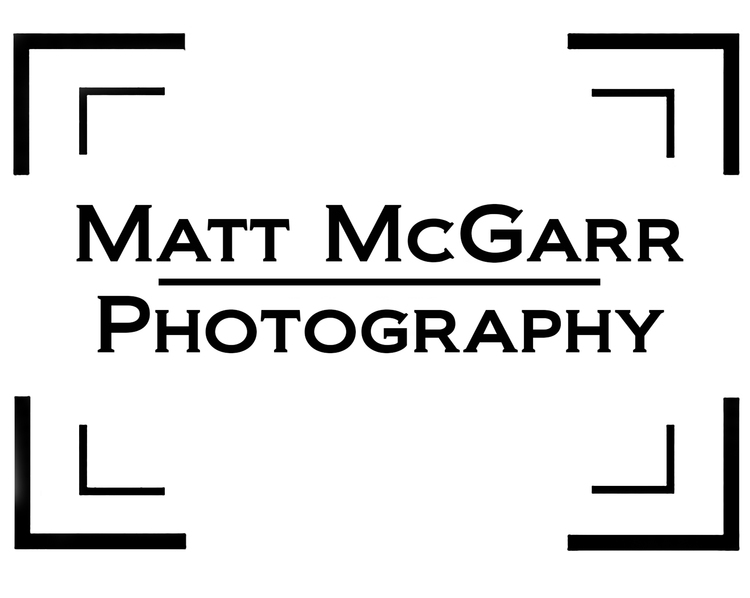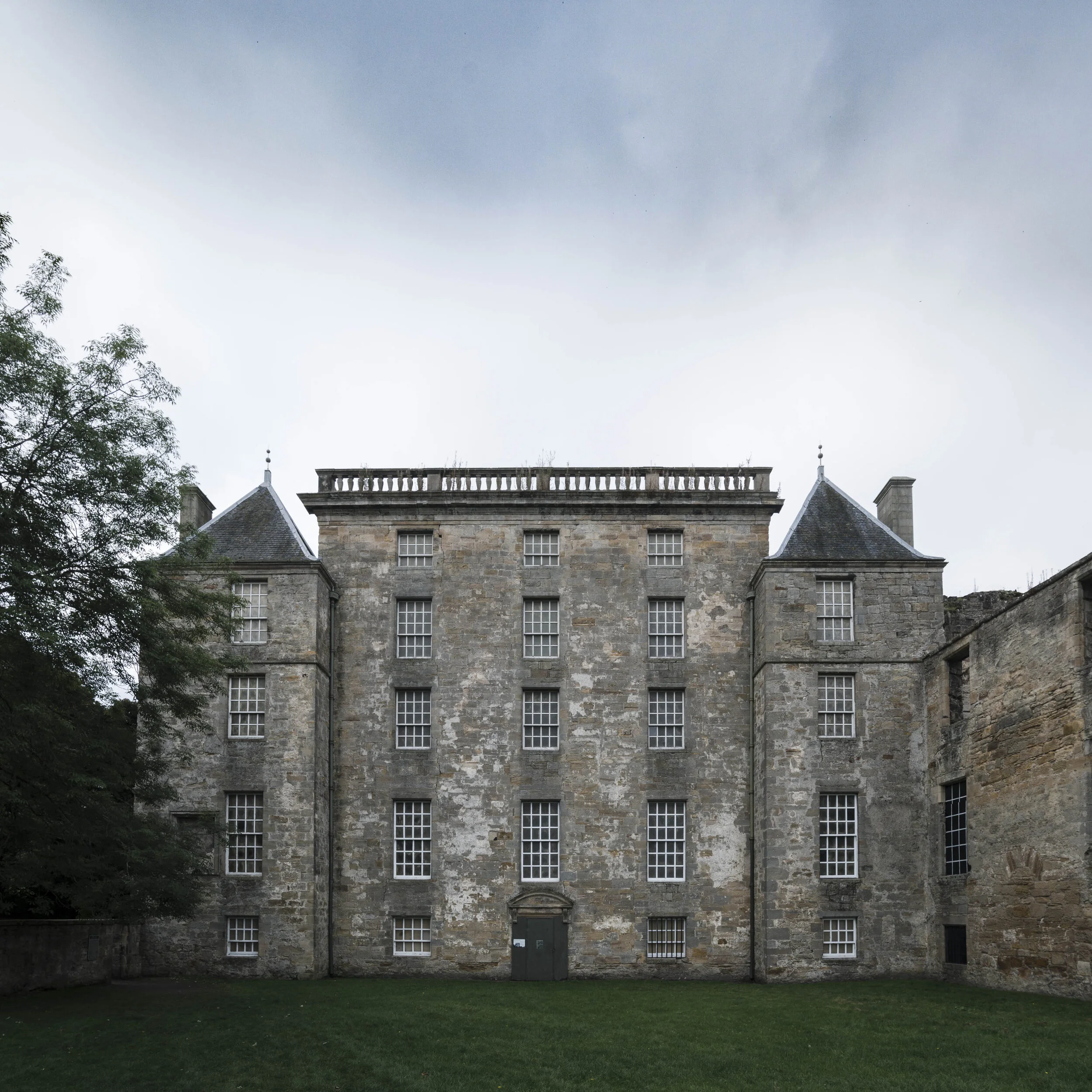“The crop doesn’t flatter his head. Move him up a bit in the frame to balance it out.”
“The angle makes her nose look bigger than it is. Get higher up and she’ll look better”
I made up both of those examples. But I’m sure that if you’ve ever seen any sort of critique session, or even any discussion at all regarding photography, that statements such as the ones above will be familiar.
I’ve touched on this before but I feel it’s worth revisiting from time to time.
A few years ago, there was a video released of a photography experiment. Six different photographers were to take a portrait of one man. The experiment part was that the man was an actor and each photographer was given a different story about him. One was under the impression that he was a recovering alcoholic, another that he was a millionaire etc. The idea was to see if they would treat him differently as a subject. I felt it was interesting to see the photographs at the end and how they related, if at all, to the story the photographers were given.
The comments section was, as is always the case, a cesspit. Full of complaints that the experiment wasn’t scientific in various ways (as far as I’m aware, Canon Australia weren’t looking to submit anything to be peer reviewed). But the comments that stuck with me were the ones looking at the individual photographs themselves.
One of the photographers had been told that the man was a former convict. The actor played up to that during the session and at one point is scene pulling away sharply from the photographer as they reach out to adjust his shirt. The scene is shown only briefly but there was obvious tension in the room.
At the end, the photograph is shown. It’s a rather unconventional portrait. The man’s head is placed near the corner of the frame, surrounded by empty space and has a shadow across his face.
Many of the commentators zeroed in on this photograph. It ‘didn’t look as good’ as the rest of the photos. Some were amazed that the photographer could have been so silly to make simple mistakes like having his face so close to the edge of the frame or having his face lit so strangely. Now, clearly the photographer employed these techniques deliberately to tell the story they thought was there and the people missing that were fools. But it got me thinking about what the purpose of portraits, or even photography in general is.
Photography is a visual medium. Almost exclusively. That often gives the impression that photographs should always be as pretty as possible. I don’t think that should always be the final goal. If nothing else, if you only aim for what’s most aesthetically pleasing, you’ll just take the same photograph every time. Maybe you’d move the camera or light slightly but realistically your photos would look pretty similar after a while. You can look at a number of Instagram photographers to see this phenomenon. Or clothing catalogues.
Often, there’s a story to tell. And that will mean using various techniques to tell that story. If the story that you’re telling is unorthodox or unusual, then it stands to reason that the techniques you use to tell that story may be unorthodox or unusual as well. Maybe you’re just having a bit of fun. It can be a nice change to try something new and can make for interesting photographs.
It would be very easy to take the “former convict” of the experiment and as an example, have him standing, arms folded, looking mean. The photographer, from interacting with him for a while, recognised that the story here was more complex than it might appear on the surface and decided to reflect that with a suitably complex photograph.
I think people often get lost in the immediate aesthetics of photographs. Social media plays a part here, in modern thinking. The endless scroll of timelines plays a part. Photos have to catch the eye to get people to stop and interact, which leaves little room for people to think. Selfies are almost exclusively about making the person look good (see my effortlessly handsome visage at the top of the page). It can get people thinking that every portrait has to follow suit. But don’t be afraid to say something else.
But give me a good story any day.
If you didn’t click on the link earlier, I’ll save you the effort of scrolling back up and will provide it here. It’s only a few minutes long and well worth watching.








